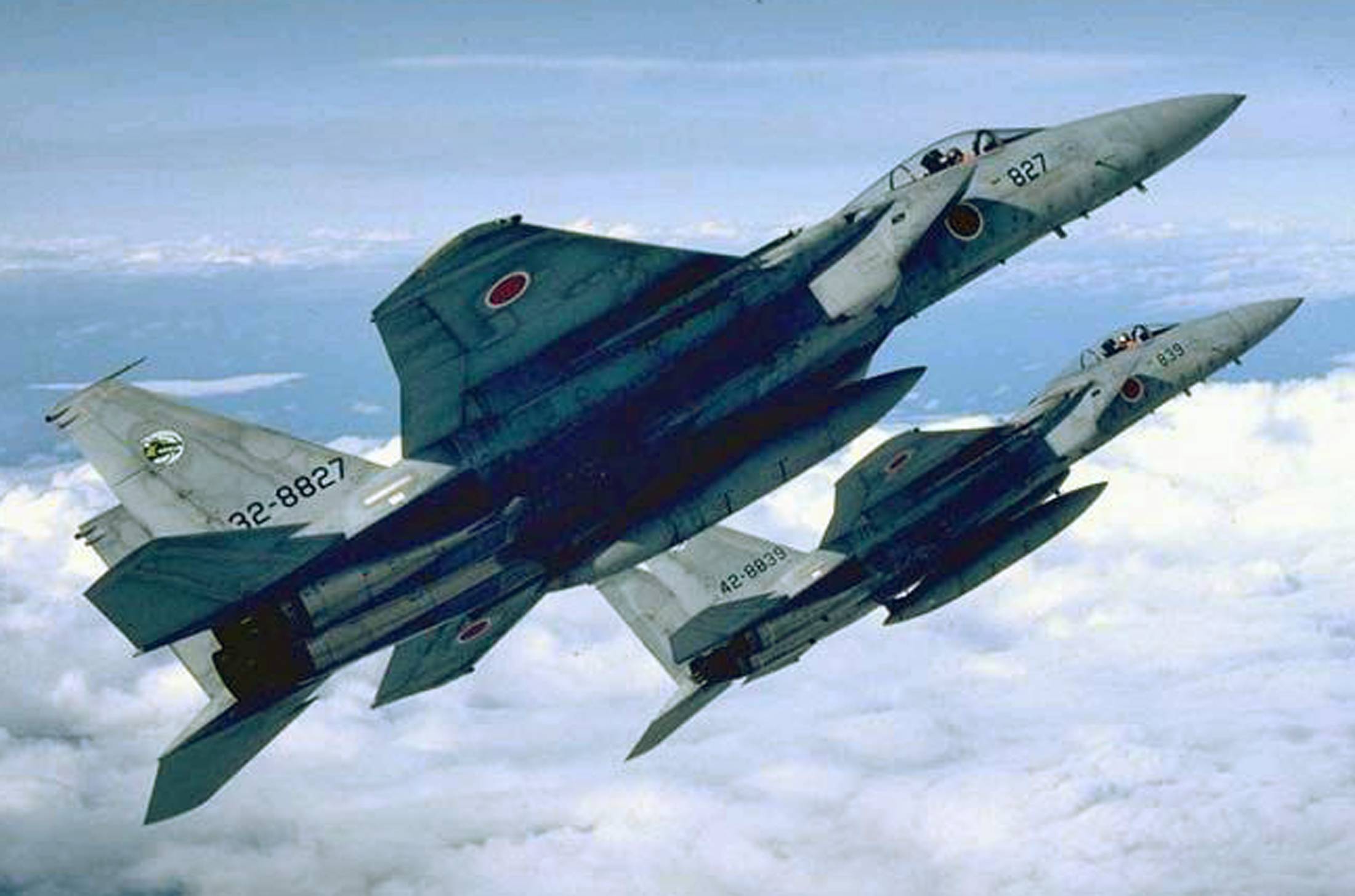Japan’s relationship with Russia has received much attention this year after the latter’s sudden — yet, not unexpected — invasion of Ukraine.
But relations with Russia, and prior to that, the Soviet Union, have always been tense, as shown by several wars and border conflicts, as well as air and naval incursions, among others, over the years.
I am always amazed at just how bad Moscow's diplomacy is toward Japan, whether it was the Soviet Union's illegal seizure of the Northern Territories, its inhumane handling of Japanese prisoners of war and its repeated seizure of Japanese fishing boats. The list is long, as is the history.


















With your current subscription plan you can comment on stories. However, before writing your first comment, please create a display name in the Profile section of your subscriber account page.